The essential spices for authentic Pennsylvania pot pie include poultry seasoning (sage, thyme, marjoram, rosemary), smoked paprika, and a pinch of cayenne pepper for warmth. These ingredients create the signature flavor profile that distinguishes Pennsylvania pot pie from other varieties. In this guide, we'll cover how to use these spices effectively, store them properly, and choose the best spice kits for your needs.
Table of Contents
- How to Spice Up Your Pot Pie Like a Pro
- Spice Storage Hacks That Keep Flavor Alive
- Buying Guide: Best Spice Kits for Pot Pie Lovers
- Frequently Asked Questions About Pennsylvania Pot Pie Spices
- Conclusion: Master the Magic of Seasoning
How to Spice Up Your Pot Pie Like a Pro
Pot pie is more than just meat and veggies under pastry — it's a canvas for flavor. Here are five tried-and-true ways to elevate your recipe with spice:
- Add a Dash of Poultry Seasoning
It may sound niche, but poultry seasoning (a mix of sage, thyme, marjoram, and rosemary) brings out the earthiness in the gravy. Use about ½ teaspoon per 4 cups of filling. - Try Smoked Paprika for Depth
Smoked paprika adds a subtle smokiness that pairs beautifully with chicken or beef-based pies. It also gives your filling a gorgeous golden hue. - Fresh Herbs = Instant Upgrade
A sprinkle of chopped fresh parsley or chives before baking can brighten up the entire dish. If using dried herbs, add them early so they have time to bloom in the heat. - Cayenne Pepper for a Kick
A pinch (literally — start with 1/8 tsp) of cayenne pepper in your gravy gives a slow-building warmth without overpowering other flavors. - Lemon Zest? Yes, Please!
Rub a bit of lemon zest into the butter before making your roux. This little trick lifts the heaviness of the filling and adds brightness.
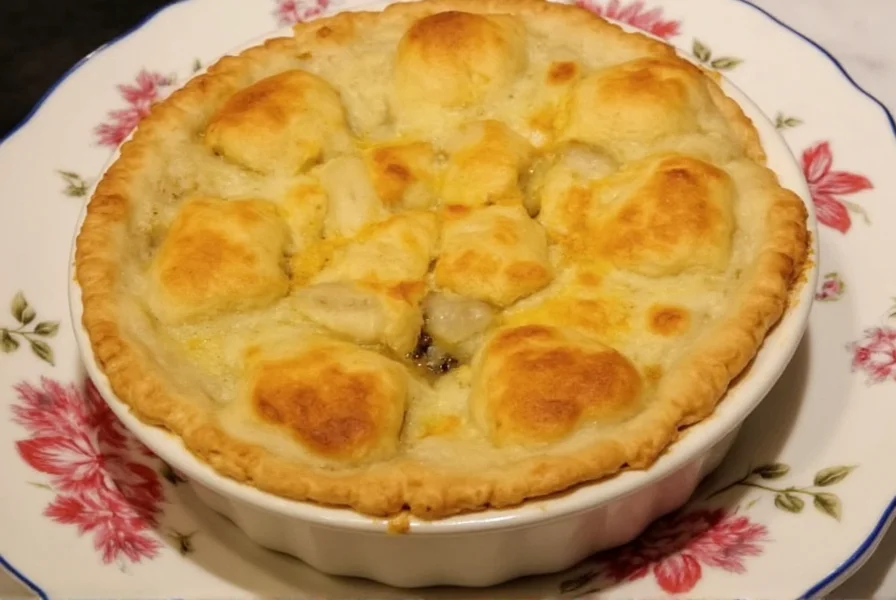
Spice Pairings Table for Pot Pie
| Spice | Boldness Level | Best For | Flavor Profile |
|---|---|---|---|
| Thyme | Mild | Chicken pot pie | Earthy, floral |
| Marjoram | Mild | Beef or mushroom pot pie | Sweet, citrusy |
| Sage | Strong | Turkey or root veggie pot pie | Woody, savory |
| Smoked Paprika | Moderate | All meat pies | Smoky, sweet |
| Cayenne Pepper | Hot | Spicy twist lovers | Fiery, sharp |
Spice Storage Hacks That Keep Flavor Alive
You've carefully selected your spices, but what if they lose their punch before you even use them? Proper storage is key to keeping your spice cabinet vibrant and flavorful.
1. Avoid Heat & Light
Keep your spices away from direct sunlight and heat sources like the stove. A cool, dark pantry or drawer is ideal.
2. Label & Date Everything
Use label makers or stickers to mark when you opened each spice. Whole spices last about 4 years; ground ones only 2–3 years.
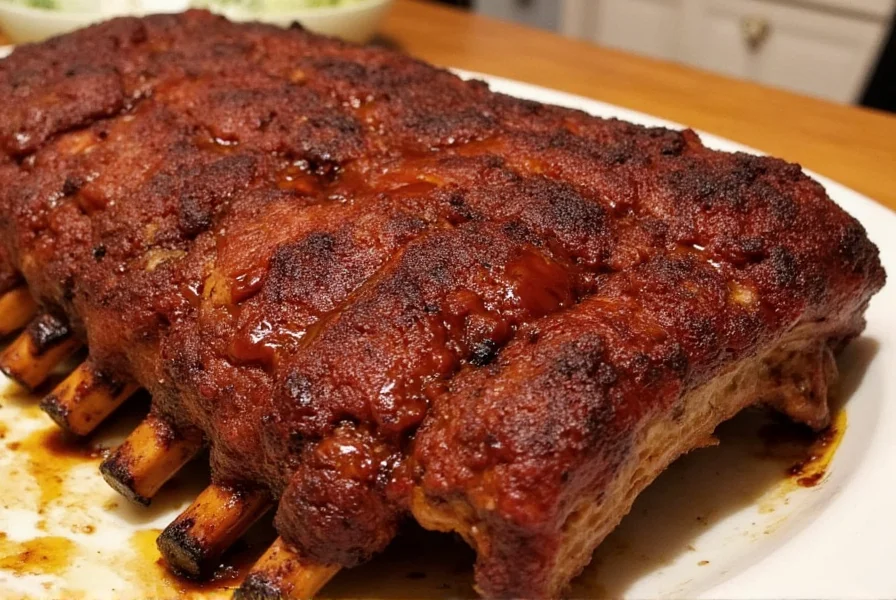
3. Use Air-Tight Containers
Transfer spices from plastic bags or flimsy bottles to air-tight glass jars. This preserves potency and prevents moisture contamination.
4. Buy Whole Spices When Possible
Whole spices like peppercorns, cloves, or cinnamon sticks stay fresh longer. Grind as needed using a dedicated spice grinder.
5. Rotate Old Stock
Every six months, go through your cabinet and toss expired or clumpy spices. You'll thank yourself later when your pot pie smells amazing.
Buying Guide: Best Spice Kits for Pot Pie Lovers
If you're looking to stock up on essential spices for your Pennsylvania pot pie adventures, here are some top picks across different budgets and needs:
1. The Gourmondo Heritage Blend Box
- Features: Includes thyme, sage, marjoram, and smoked paprika in resealable pouches.
- Advantages: Perfect for beginners and seasoned cooks alike; curated by chefs.
- Best For: those who want a balanced spice selection for all types of pot pies.
- Price: $29.99
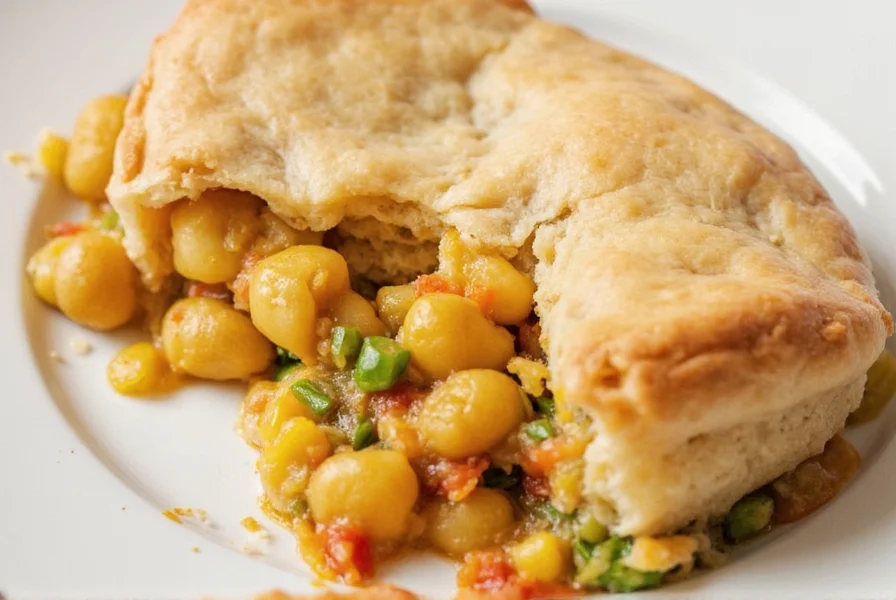
2. SpiceCraft Fresh Start Kit
- Features: Organic, small-batch spices in glass jars.
- Advantages: Eco-friendly packaging; includes lemon zest grater and recipe cards.
- Best For: eco-conscious cooks who love clean ingredients.
- Price: $34.95
3. PantryPal Custom Spice Builder
- Features: Mix and match individual spices; build your own set.
- Advantages: Great if you already have some basics and want to add unique options like Aleppo pepper or fennel seed.
- Best For: creative cooks and spice collectors.
- Price: Starts at $19.99 for 5 spices
4. Junior Chef Mini Spice Kit
- Features: Kid-safe bottles and fun labels.
- Advantages: Makes cooking with kids easy and educational.
- Best For: families and young chefs learning to cook.
- Price: $14.99
Spice Kit Comparison Table
| Kit Name | Includes Key Pot Pie Spices | Eco-Friendly | Price Range | Best For |
|---|---|---|---|---|
| Gourmondo Heritage | ✅ | No | $30 | Beginners + pros |
| SpiceCraft Fresh Start | ✅ | ✅ | $35 | Eco-conscious cooks |
| PantryPal Custom | ✅ (Customizable) | Varies | $20+ | Spice collectors |
| Junior Chef Mini | ✅ | No | $15 | Kids and families |
Frequently Asked Questions About Pennsylvania Pot Pie Spices
What makes Pennsylvania pot pie different from regular pot pie?
Pennsylvania pot pie, particularly Amish and Pennsylvania Dutch varieties, typically features a unique preparation where the filling and crust are layered rather than having a top and bottom crust. The spice profile often includes distinctive combinations of sage, thyme, and marjoram that reflect the region's Germanic culinary influences.
What are the essential spices for authentic Pennsylvania pot pie?
The core spice blend includes poultry seasoning (sage, thyme, marjoram, and rosemary), with many Pennsylvania cooks adding a touch of smoked paprika for depth. Some family recipes also include a small amount of cayenne pepper for subtle warmth or lemon zest to brighten the flavors.
How long do spices typically last for pot pie making?
Whole spices can maintain their potency for up to 4 years when stored properly in airtight containers away from light and heat. Ground spices last about 2-3 years. For the best flavor in your pot pie, replace ground spices every 2 years and whole spices every 3-4 years. You'll know spices have gone bad when they lose their aroma and vibrant color.
Can I make Pennsylvania pot pie without certain spices if I don't have them?
While traditional Pennsylvania pot pie relies on specific spice combinations, you can adapt. If you're missing sage, try a bit of thyme and marjoram. No smoked paprika? A pinch of regular paprika with a tiny bit of liquid smoke can work. Remember that poultry seasoning is the backbone of the flavor profile, so if possible, try to have that essential blend. The key is balancing earthy, herbal notes with a touch of brightness.
How should I store leftover Pennsylvania pot pie?
Store cooled leftovers in an airtight container in the refrigerator for up to 3-4 days. For longer storage, freeze individual portions in freezer-safe containers for up to 3 months. When reheating, add a splash of broth or water to maintain moisture, and cover with foil to prevent the crust from becoming too dry. The best reheating method is in a 325°F oven for 20-30 minutes until heated through.
What's the difference between Pennsylvania pot pie and regular chicken pot pie?
Pennsylvania pot pie (sometimes called "whoopie pie" in Amish communities) traditionally features a different construction - it's often made with a bottom crust, then the filling, and then small dough biscuits on top rather than a single top crust. The spice profile is also distinctive, with Pennsylvania Dutch recipes emphasizing specific herb combinations like sage and thyme that reflect Germanic culinary traditions. The gravy is typically lighter and more herb-forward compared to some Midwest or Southern pot pie variations.
Conclusion: Master the Magic of Seasoning
Your Pennsylvania pot pie doesn't have to be a standard comfort food — it can be a showstopper. By selecting the right spices and storing them properly, you unlock layers of flavor that will impress family and friends alike.

Whether you're experimenting with smoked paprika or investing in a premium spice kit, remember that seasoning is an art — and every dash makes a difference. So go ahead, take your pot pie from basic to brilliant!
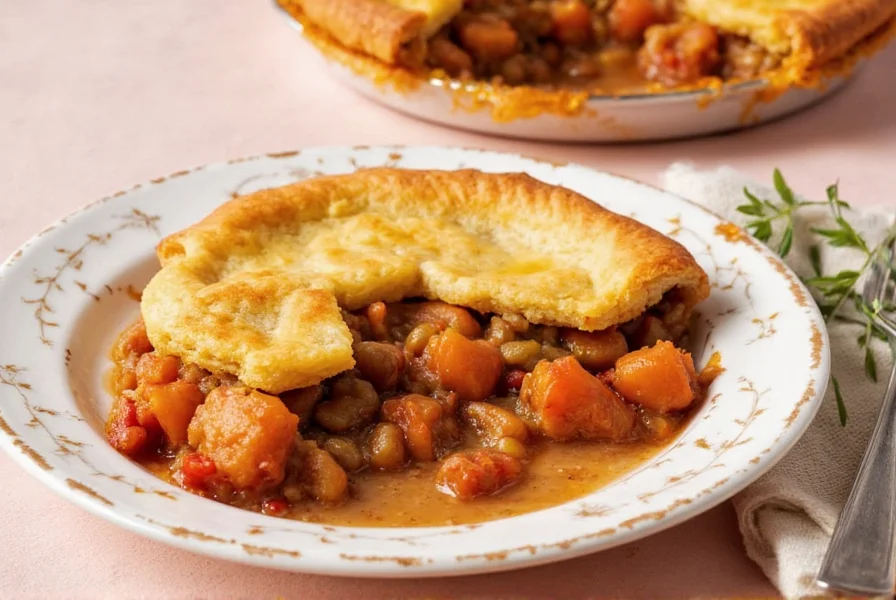

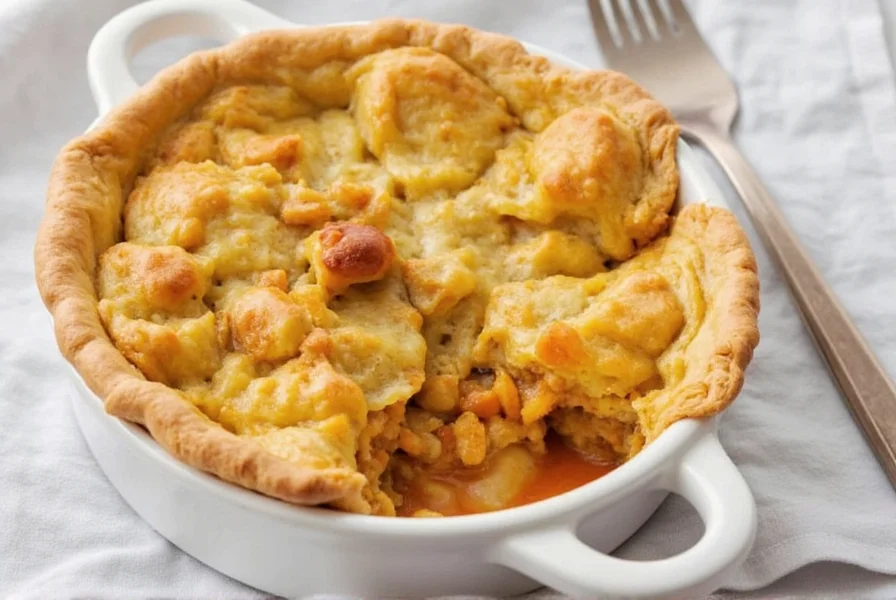









 浙公网安备
33010002000092号
浙公网安备
33010002000092号 浙B2-20120091-4
浙B2-20120091-4